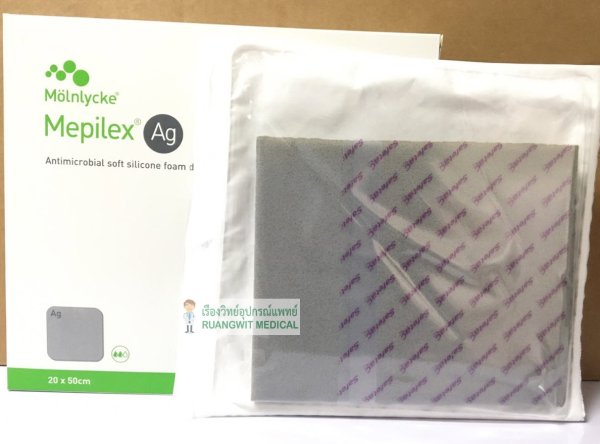
The generation and development of modern dressings are based on the healing theory of the moist environment and have numerous advantages compared with traditional dressings ( Skorkowska-Telichowska et al., 2013 Vowden and Vowden, 2014). Adherence of the dressing to the wound will cause secondary damage when the two are eventually separated. Although dressings commonly used in clinical practice (gauze, sterilized absorbent cotton, and bandages) are economical, they can only offer physical protection and have limited benefit on wound healing and prevention of infection. The therapeutic effects of traditional dry dressings and modern wet dressings in the clinical management of wounds are documented. According to the types and stages of wounds, dressings can be applied to their surface and promote healing. Medical dressings are essential devices in healthcare. During the shaping period, the scars are softened without affecting the tensile strength through the action of various enzymes and stress, thereby adapting to physiological functions ( Jeffcoate, 2012 Harper et al., 2014 Nuutila et al., 2016 Ascione et al., 2017a, b). Proliferative fibroblasts, endothelial cells, and newly formed capillaries interact to form granulation tissue filling the crevices. The release of inflammatory mediators and infiltration of inflammatory cells cause tissue swelling and pain.
MEPILEX AG SIDE EFFECTS SKIN
After skin injury, the wound or tissue fracture is filled with blood clots, followed by acute inflammation of the surrounding tissue. These phases are not independent but partially overlap on the basis of a sequence by hemostasis, inflammatory, proliferation, and remodeling ( Kasuya and Tokura, 2014 Wilhelm et al., 2017). The healing process is not static and growth involves four different phases, namely coagulation and hemostasis, inflammatory, proliferation, and remodeling. There are many factors involved in wound healing ( Guo and Dipietro, 2010). However, the repair of chronic trauma in this fashion is challenging, and it is difficult to restore normal anatomical structure and function ( Tarnuzzer and Schultz, 1996 Borda et al., 2016). The healing of acute wounds occurs in a normal, orderly and timely manner throughout the entire process. However, the healing process of chronic wounds is longer and different from that of acute wounds ( Schreml et al., 2010). The size, depth, and degree of injury of the wound are factors that influence the healing process. Acute wounds can recover in a short period of time. Wounds are classified as acute or chronic wounds. Physical or thermal damage can cause defects or interruptions in the epidermis of the skin or mucous membranes, forming a wound ( Singh et al., 2013). This article provides a clinical guideline for selecting suitable wound dressings according to the types of wounds. In addition, the pros and cons of mainstream modern wound dressings for the healing of different wounds, such as diabetic foot ulcers, pressure ulcers, burns and scalds, and chronic leg ulcers, as well as the physiological mechanisms involved in wound healing are summarized. In this article, we retrospect the history of wound dressing development and the classification of modern wound dressings. However, there are few reports regarding the reasonable selection of dressings for certain types of wounds in the clinic. The therapeutic effect of modern wound dressings in the clinical management of wounds is documented. There are many factors involved in wound healing, and the healing process is not static.

2Orthopaedic Medical Center, The Second Hospital of Jilin University, Changchun, China.

1School of Nursing, Jilin University, Changchun, China.Chenyu Shi 1,2 Chenyu Wang 3 He Liu 2 Qiuju Li 2 Ronghang Li 2 Yan Zhang 2 Yuzhe Liu 2 Ying Shao 2,3 * Jincheng Wang 1,2 *


 0 kommentar(er)
0 kommentar(er)
